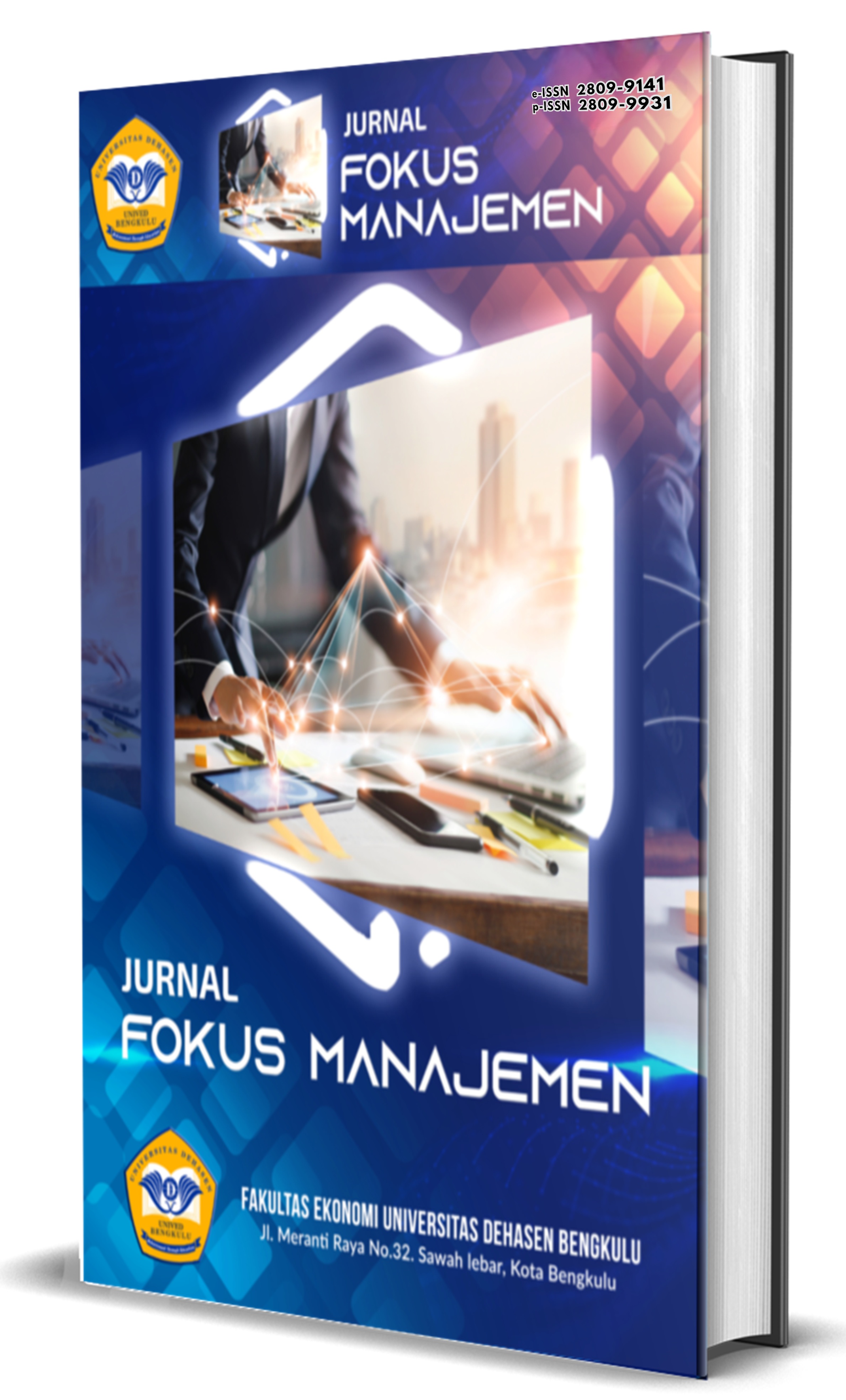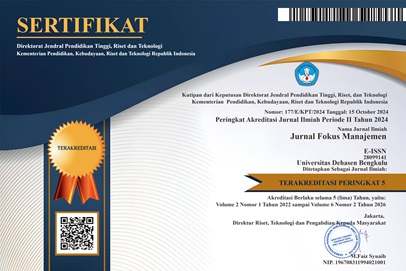Brand Image Vs Brand Love: Which One Matters More For Customer Loyalty Among Mobile Legends Users?
Abstract
This study examines the impact of brand image (X1) and brand love (X2) on customer loyalty (Y), with customer engagement (Z) serving as a mediating variable among Mobile Legends: Bang-Bang users in Purwokerto. The research seeks to elucidate how these constructs interact and contribute to customer retention within the competitive mobile gaming sector. A total of 120 respondents were selected using a non-probability sampling approach, specifically employing accidental sampling. Data were analyzed through the Structural Equation Modeling-Partial Least Squares (SEM-PLS) method using the SmartPLS 4.0 software package. The findings reveal that customer engagement significantly mediates the positive relationship between brand love and customer loyalty, indicating that an emotional attachment to the brand enhances loyalty through active customer involvement across various markets. Conversely, customer engagement does not mediate the relationship between brand image and customer loyalty, and brand image was found to exert no direct effect on loyalty. These outcomes underscore the critical importance of brand love in fostering customer loyalty, suggesting that strategies aimed solely at enhancing brand image may not be sufficient to drive sustained customer retention.
Downloads
Copyright (c) 2025 Enrico Aziezy, Sodik Dwi Purnomo

This work is licensed under a Creative Commons Attribution-ShareAlike 4.0 International License.
An author who publishes in the Jurnal Fokus Manajemen (JFM) agrees to the following terms:
Author retains the copyright and grants the journal the right of first publication of the work simultaneously licensed under the Creative Commons Attribution-ShareAlike 4.0 License that allows others to share the work with an acknowledgement of the work's authorship and initial publication in this journal
Submission of a manuscript implies that the submitted work has not been published before (except as part of a thesis or report, or abstract); that it is not under consideration for publication elsewhere; that its publication has been approved by all co-authors. If and when the manuscript is accepted for publication, the author(s) still hold the copyright and retain publishing rights without restrictions. For the new invention, authors are suggested to manage its patent before published. The license type is CC-BY-SA 4.0.
Jurnal Fokus Manajemen (JFM) is licensed under a Creative Commons Attribution-ShareAlike 4.0 International License.
You are free to:
Share — copy and redistribute the material in any medium or format
Adapt — remix, transform, and build upon the material
for any purpose, even commercially.
The licensor cannot revoke these freedoms as long as you follow the license terms.






